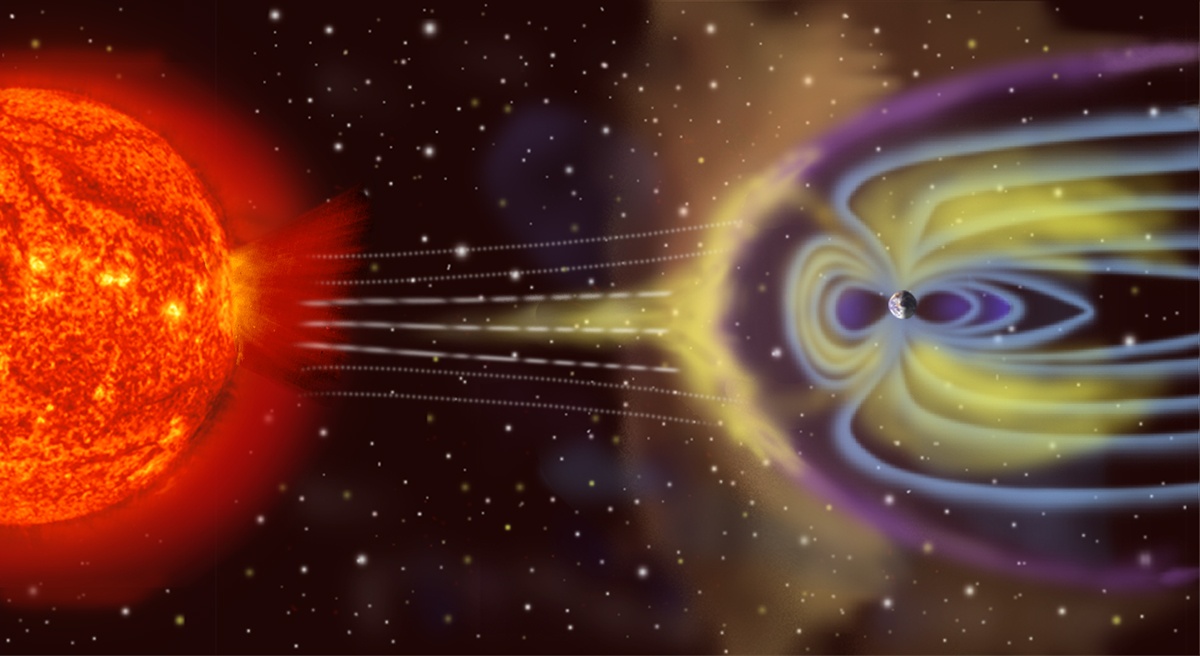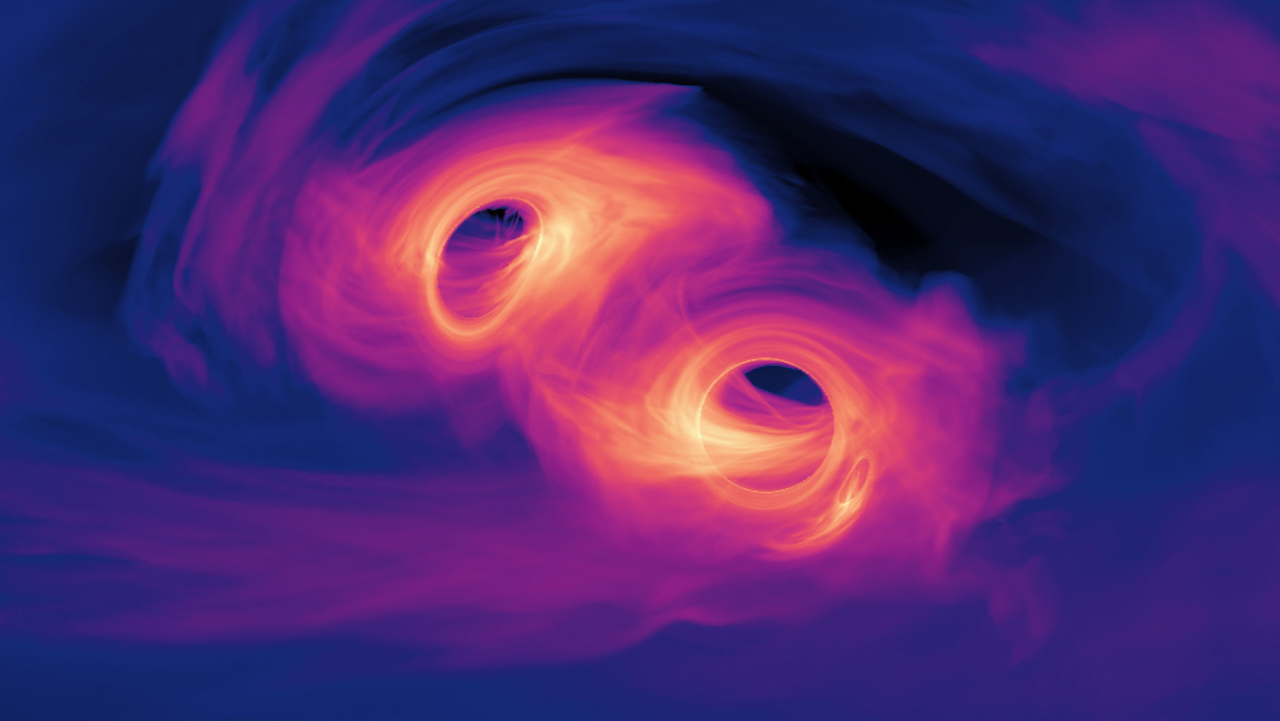The Federal Aviation Administration has ruled that SpaceX can resume Falcon 9 rocket launches while the investigation into a failed July 11 mission continues, and the next liftoff could take place as early as tonight.
The FAA’s go-ahead came after SpaceX reported that the failure was caused by a crack in a sense line for a pressure sensor attached to the upper stage’s liquid-oxygen system. That resulted in an oxygen leak that degraded the performance of the upper-stage engine. As a near-term fix, SpaceX is removing the sense line and the sensors for upcoming Falcon 9 launches.
SpaceX scheduled a Falcon 9 launch from NASA’s Kennedy Space Center in Florida for no earlier than 12:21 a.m. ET (04:21 GMT) July 27. Like the July 11 mission, this one is aimed at sending a batch of SpaceX’s Starlink satellites to low Earth orbit.
Continue reading “SpaceX Moves Ahead With Falcon 9 Launches After FAA Go-Ahead”









